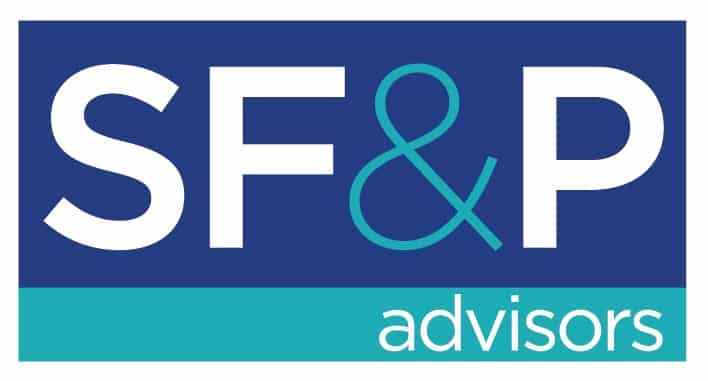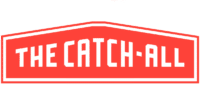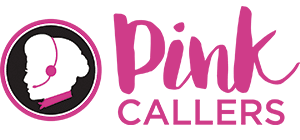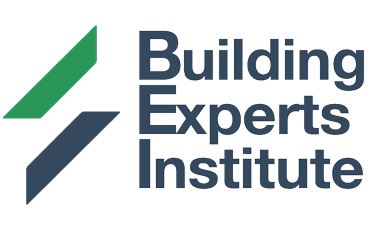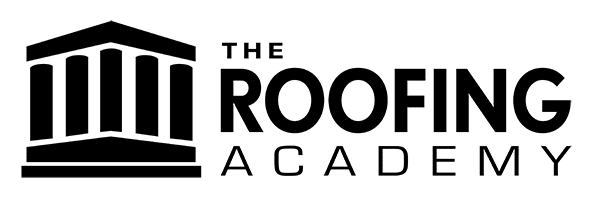Search Engine Optimization is the process of improving traffic to a website from search engines—helping your site show up higher on Google.A ton of work goes into the SEO process, and designers have the power to make an seo specialist’s jobs easier by designing pages with SEO in mind. But how do you do that?
Understanding how SEO works aplus best practices is key to making your site authoritative and potentially leads to ranking higher on search engines. Here are seven important factors to consider when designing a landing page.
1. On-Page Elements
We’re kicking off this list with the most important SEO landing page element: on-page elements. These are everything that the user reads, and what Google “crawls”, so it should be accurate and relevant to what the page is about. Titles, meta descriptions, and proper headings can maximize SEO output, with that in mind, here are some things to consider:
- The correct amount of characters for titles is between 50-60, which should include keywords. The most important thing you need to do in regards to titles is making sure that it describes the content of the page as accurately as possible.
- Meta descriptions should be 130-165 characters. The meta description is the section in a search engine that briefly tells the user what is on this page. First impressions are important and this is your best shot at making a lasting one!
- A Heading Tag is an HTML term used to give importance to a headline, with H1 and H2 being the most important. Each page should have their own unique keyword rich heading tag.
- The last, and most important is readability, bringing it back to the user. Do not sacrifice a readable meta description for keywords. In the end, the user is more important than the bots
2. Optimized Images
Relevant images are key to drawing the eye of the reader, and tying the entire page together. When we design a site for a roofing company, for example, we like to try and form an emotional connection with the user.
We do this by using imagery like a happy family safe in their home spending time together, not even thinking about the roof over their head. Pages with imagery receive 93% more traffic than pages that have none, which can contribute to SEO when optimized correctly. For example:
- You want to name your image files with 10 – 15 keywords, while also being as descriptive as possible, making it easier for the SEO bot crawlers to help rank. BUT ALSO you’re making your page USER FRIENDLY!! The Alt-Tag shows up when you hover over the image, and for sight-impaired users, the alt-atribute can be utilized by screen reading tech and other accessibility tools.
- The size of the image is also important: a width of around 1500 pixels will ensure quality remains while also keeping the image from slowing down your page.. The size of the image has to do with how fast the site is. Our SEO bots are checking for site speed when he decides which site is the best, and huge images contribute to a laggy website. and to bring it back to the user, a slow loading website sucks when you’re trying to solve a problem! Imagining your roof is leaking and you’re trying to find a roofer and the site won’t even load.
3. Site Speed
The average landing page takes 15 seconds to load on mobile, while usually being faster on the web, long load times can account for lost business and frustrated customers! When Google crawls your page, it uses the mobile version for indexing, so site speed is yet another reason to design your site mobile first!
- Compress your HTML, CSS and JavaScript files
- Browser Caching is when your browser stores site information so that when the user revisits the site, load-time is reduced
4. Structuring URLs
Another vital part of SEO is how you structure your URLs—probably one of the most important. URL is a uniform resource locator, or the address for your page. URLs should be easy to read, and the shorter the better. When creating a site structure, or site map, keep in mind that the more simple your hierarchy the easier it will be to keep your URLS simple. Keep in mind:
- The simplicity of your site map should extend to your url structure, while remaining short and readable.
- Hyphens are good to break up the words in your url, which makes them easier to read for humans, thus easier for the search engines..
- Keywords in your URL don’t impact your rank factor that much, but it’s still a good idea to include them if you can
5. Content
What’s a website without content? Content is what makes your site yours, and high quality original content is what will help not only set yourself apart from the competition, but rank better!
Bots will crawl a page and detect the length and structure of your content as well as, you guessed it, keywords. Much like a meta description, your first impression on your page is referred to as ‘above the fold’. This comes from old timey newspaper talk where the top stories of the day sat above the front page fold.
If the first section of content on your website’s homepage isn’t engaging, the user will likely abandon it. Here are some things to remember when structuring your content on the page:
- Everything above the fold should give the user a quick idea of what the site offers, as well as a way to take action, such as a contact form or place to request more information.
- Make sure the length of the content makes sense for the subject. Filling your pages with fluffy, irrelevant content will only hurt you.
6. Mobile
Nearly everyone has a smart phone or device on them at all times, and has become a main source of internet use for most peopleWhen you think about the future of the internet user, devices will continue to be more compact and websites need to adapt.
Keeping that in mind, some industries cater to an audience that may use a laptop or desktop, but at the end of the day, everyone’s falling asleep looking at their phone. Google uses the mobile version of websites for indexing and ranking, which means how well your mobile site is designed and structured will perform that much better when it comes to organic search. When optimizing your site for mobile, remind yourself:
- Your desktop content should always be available on mobile as well. Remember that a large portion of the general population use their phones for everything, so you’re likely missing out on a large audience if you skip mobile-first.
- Navigation on mobile is much different than desktop navigation. Make sure its easy, as well as obvious how to navigate your site.
7. Build Backlinks
Backlinks are links from other platforms or websites that link back to your website. The more trustworthy, authoritative, and high-ranking the website, the better the backlink, the better the backlink, the better the SEO. The best way to do this is by creating content that is more likely to be shared.
Creating high end content increases your chances of people sharing which increases your site authority. Best content for maximum shareability is usually infographics and statistics, while video remains an excellent way to share information in a more user friendly way.
And there you have it folks, if you want your website to rank, SEO is the way to go. Once you master these 7 fundamentals, you will be well on your way to getting yourself a ton of traffic, and there is so much more to learn. There are a ton of tools and resources out there that will help you keep track of your site data and teach that you can use to boost your knowledge even more.





